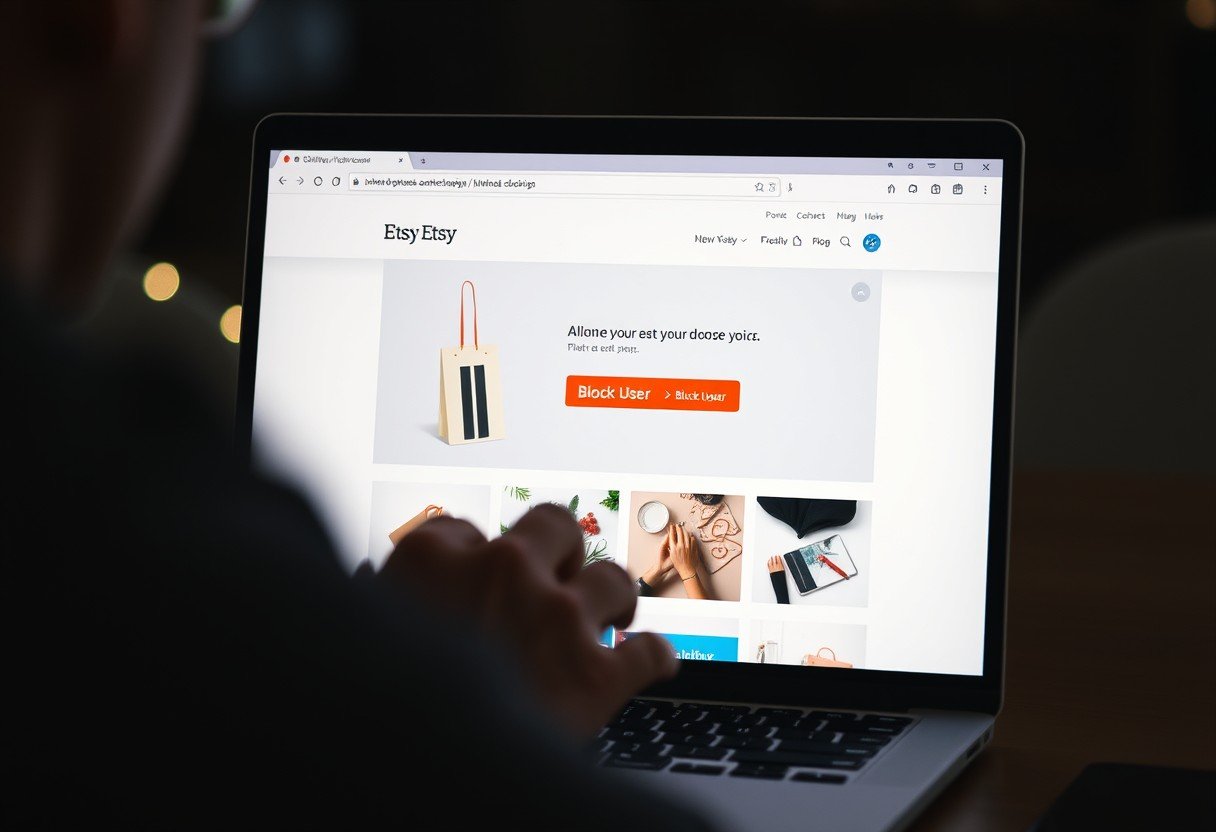From ancient town squares to sprawling online platforms, the marketplace has always been the heart of commerce. Today, the most exciting frontier is the digital marketplace, an online hub for buying and selling non-physical goods like software, videos, and e-books. These platforms are highly profitable due to low overhead and global reach. This guide will walk you through the essential steps to build your own thriving digital marketplace from scratch.
What Exactly is a Digital Marketplace?
A digital marketplace is an e-commerce platform where multiple third-party sellers can offer their digital products or services to customers. Unlike a standard online store that sells its own products, a marketplace acts as a facilitator, connecting buyers with a variety of sellers.
Think of it as a virtual shopping mall dedicated entirely to intangible goods. These products can be anything from stock photos and music tracks to online courses, software plugins, and design templates. The platform owner typically earns revenue by taking a commission on each sale.
The core function of a digital marketplace is to provide the infrastructure and audience for these transactions to occur safely and efficiently. This includes handling payments, providing a review system, and ensuring product delivery is seamless, which is often just a simple download link.
Why are Digital Marketplaces so Profitable Today?
The demand for digital goods has exploded over the past decade. The global market for digital content is projected to grow by hundreds of billions of dollars in the coming years, creating a massive opportunity for marketplace owners.
One of the biggest advantages is the business model itself. Since the products are digital, there are no physical inventory costs, no shipping logistics, and no warehousing fees. This leads to incredibly high-profit margins compared to traditional retail. Your primary costs are related to platform development, maintenance, and marketing.
Furthermore, a digital marketplace is highly scalable. You can serve a customer in your city and another on the other side of the world simultaneously without any change in your operational process. This unlimited reach allows you to tap into a global customer base from day one.
Key Ingredients for a Successful Digital Marketplace
Building a profitable digital marketplace requires more than just a website. It hinges on creating a balanced ecosystem where both buyers and sellers feel valued. The foundation of this ecosystem rests on a few critical components.
You must carefully consider how each element works together to create a smooth and trustworthy user experience. Neglecting any one of these areas can prevent your platform from gaining the traction it needs to succeed.
Here are the essential ingredients you need:
- Proper Funding: You need initial capital for platform development, marketing to attract your first users, and operational costs before you start generating revenue.
- Strategic Partnerships: Collaborating with other websites, content creators, or online shops can help you establish credibility and drive initial traffic and seller interest.
- A Diverse Range of Products: To attract a wide customer base, you need a variety of high-quality, innovative digital products. Curation is key to building a reputable brand.
- Continuous Maintenance and Support: A marketplace is not a “set it and forget it” business. It requires constant updates, security checks, and responsive customer support for both buyers and sellers.
These elements are the pillars that support growth. Strong funding allows for robust technology, while great products and partners bring in the users that make the platform valuable.
Choosing the Right Niche for Your Digital Products
Instead of trying to sell everything to everyone, focusing on a specific niche is one of the smartest moves you can make. A niche marketplace for something like 3D printing models or vegan e-cookbooks can build a more loyal community and face less competition than a general-purpose platform.
A well-chosen niche allows you to become the go-to expert in a specific category. This makes your marketing efforts more effective because you know exactly who your target audience is and where to find them. It also makes it easier to attract high-quality sellers who specialize in that area.
Consider the following factors when selecting your niche:
| Niche Category | Target Audience | Monetization Potential |
|---|---|---|
| E-Learning & Courses | Students, Professionals, Hobbyists | High (Premium Course Fees) |
| Software & Plugins | Developers, Businesses, Designers | High (Subscriptions, Licenses) |
| Creative Assets (Photos, Fonts) | Marketers, Artists, Content Creators | Medium (Per-Item Sales, Subscriptions) |
| E-books & Guides | Readers, DIY Enthusiasts | Low to Medium (Low-Cost, High Volume) |
How to Attract Your First Customers and Sellers
A marketplace is useless without both buyers and sellers. This is the classic “chicken and egg” problem that every new platform faces. To solve it, you often need to focus on attracting one side first, which will then naturally draw in the other.
Most experts recommend focusing on acquiring sellers first. A marketplace with a wide selection of quality products is an attractive destination for buyers. You can’t market an empty store.
Reach out directly to creators in your chosen niche. Offer them incentives to join your platform, such as a zero-commission period for the first few months or featured placement on your homepage. Making your first sellers successful is the best marketing you can do. Their success stories will become powerful testimonials to attract more sellers.
Once you have a solid base of products, you can shift your focus to attracting buyers through content marketing, social media engagement, and targeted ads that highlight the unique value your marketplace offers.
The Importance of Continuous Maintenance and Growth
Launching your digital marketplace is just the beginning of the journey. To ensure long-term profitability and success, you must commit to continuous improvement and maintenance. Technology advances quickly, and user expectations are always rising.
Regularly updating your platform to fix bugs, improve security, and add new features is essential for retaining users. Listen to feedback from your community of buyers and sellers to guide your development roadmap. Creating a forum or discussion board, for instance, can be a great way to gather insights and build a loyal user base.
A thriving digital marketplace is a living entity that evolves with its users’ needs. By investing in its ongoing health and growth, you build a sustainable business that can remain profitable for years to come.
Frequently Asked Questions
What is the first step to creating a digital marketplace?
The first and most crucial step is to identify a specific, viable niche. Researching a target market to understand its needs and whether there are enough potential buyers and sellers is essential before you build anything.
How do digital marketplaces make money?
The most common business model is charging a commission on every sale made on the platform. Other models include listing fees for sellers, subscription plans for premium features, and offering on-site advertising.
What are some examples of successful digital marketplaces?
Famous examples include Envato Market for creative assets like website themes and video templates, Udemy for online courses, and Etsy for handcrafted and digital creative goods.
Is it hard to find sellers for a new marketplace?
It can be challenging initially. The key is to offer a compelling value proposition, such as lower commission rates than competitors, better promotional tools, or access to a highly targeted niche audience they can’t reach elsewhere.
What kind of digital products sell best?
Products that solve a specific problem or provide high-value entertainment tend to sell best. This includes professional software tools, in-depth educational courses, and high-quality artistic assets that help others with their own creative projects.







Leave a Comment